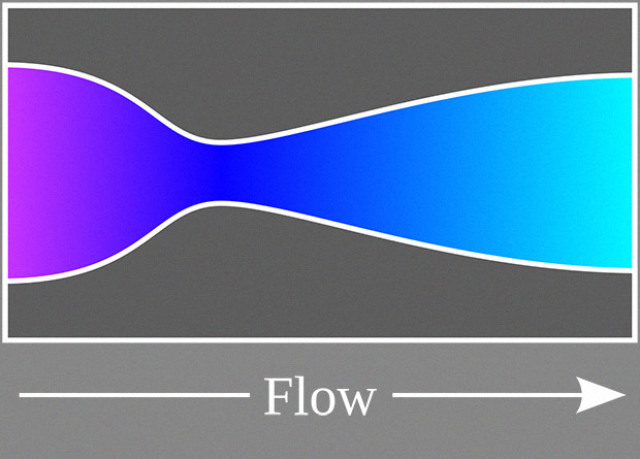Chinese military researchers have created and tested a robotic device that places a small amount of explosives into the nozzle of a satellite engine and detonates it at the right time. According to the South China Morning Post, it can stay inside the satellite for a long time and disconnect from it if necessary.
Today, anti-satellite weapons are mainly represented by combat units delivered into orbit using ballistic missiles. The Chinese first tested an anti-satellite missile in 2007 — it shot down their own non-functioning meteorological satellite. This led to the formation of about 3.4 thousand different fragments, one of which damaged the Russian microsatellite "Blitz" in 2013. You can read about the difficulties that space debris creates in our material "Garbage Belt" .
In the future, the Chinese continued to test anti-satellite weapons, but at the same time explored alternative ways to disable satellites that leave little or no debris.
Professor Sun Yunzhong and his colleagues from Hunan Defense Polytechnic Institute say they have created and tested a robotic device that places a small amount of explosives into the nozzle of the satellite engine and detonates it at the right time. Its mass is only 3.5 kilograms, and in shape it duplicates the Laval nozzle, the traditional nozzle configuration of the engines of most satellites.
The explosion occurs in such a way that it can be mistaken for an engine malfunction. With correct calculations, the heat from the explosion is partially converted into kinetic energy and leads to damage to the inside of the satellite, while the outside remains intact.
In addition to China, anti-satellite weapons are being developed India, Russia and the USA . In addition, the intention to create an anti-satellite laser weapon was stated France.
Vasilisa Chernyavtseva

